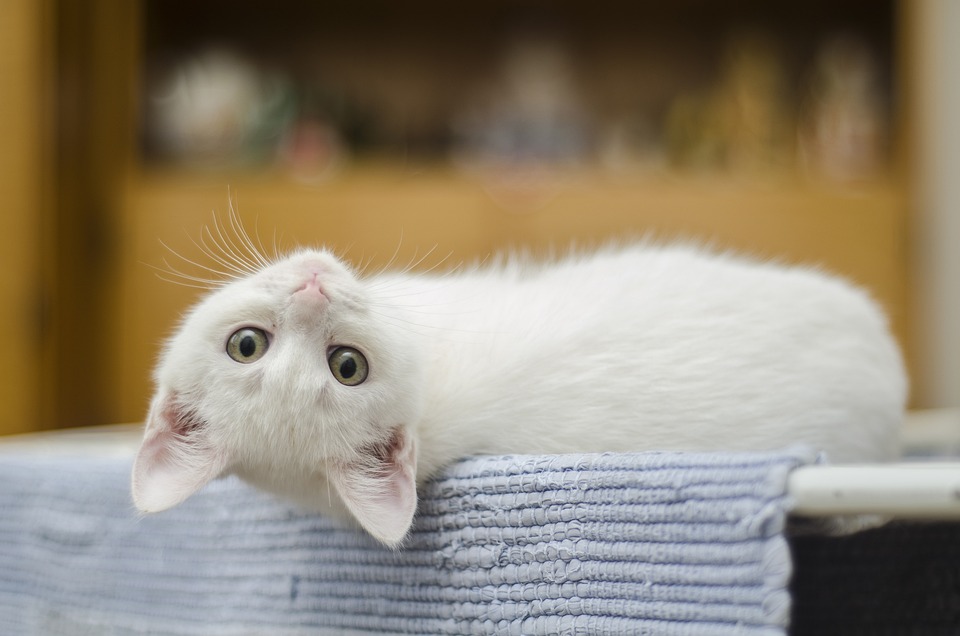Cats are known for their independent nature and their ability to hide discomfort or pain. When it comes to dental issues, cats are no exception. Dental problems can be a common issue for cats of all ages, and if left untreated, they can lead to more serious health problems. As a responsible cat owner, it is essential to recognize the signs of dental problems in cats and take appropriate action. In this article, we will explore the common signs of dental problems in cats and provide valuable tips on how to care for your feline friend’s oral health.
Why Dental Care for Cats Matters
Before diving into the signs of dental problems in cats, let’s understand why dental care is crucial for our feline companions. Just like humans, cats can suffer from various dental issues, including plaque buildup, gum disease, and tooth decay. Neglecting your cat’s dental health can lead to severe consequences such as pain, difficulty eating, weight loss, and even systemic infections affecting vital organs. By maintaining good dental hygiene, you can ensure your cat’s overall well-being and prevent potential health complications.
Signs of Dental Problems in Cats
1. Bad Breath (Halitosis): One of the most noticeable signs of dental problems in cats is persistent bad breath. While cats are not known for having minty-fresh breath, an extremely foul odor could indicate the presence of bacteria and infection in the mouth.
2. Difficulty Eating or Dropping Food: If your cat is having trouble chewing, eating, or starts dropping food from their mouth, it may be a sign of dental discomfort. Cats with dental issues often exhibit behavior changes while eating, such as chewing on one side of the mouth or refusing hard food altogether.
3. Drooling: Excessive drooling or drooling with blood can indicate dental problems in cats. While some cats naturally drool when happy or relaxed, an increase in drooling may indicate oral pain or irritation.
4. Pawing at the Mouth: Cats experiencing dental pain may frequently paw at their mouth or face in an attempt to alleviate discomfort. If you notice your cat excessively rubbing its face against objects or pawing at the mouth, it’s time to investigate their dental health.
5. Red or Inflamed Gums: Healthy cat gums should be a pale pink color. If you observe redness, inflammation, or bleeding, it could be a sign of gum disease or other dental issues.
6. Visible Tartar or Discolored Teeth: Regularly check your cat’s teeth for visible tartar buildup or discoloration. Yellow or brown deposits on teeth can indicate the presence of plaque, which, if left untreated, can lead to more severe dental problems.
7. Behavioral Changes: Cats experiencing dental issues may exhibit changes in behavior. They might become more irritable, withdrawn, or show signs of depression due to persistent pain or discomfort.
FAQs about Dental Problems in Cats
Q1. How can I prevent dental problems in my cat?
A1. Regular brushing of your cat’s teeth using a cat-specific toothbrush and toothpaste, providing dental treats or toys, and scheduling professional dental cleanings with your veterinarian can help prevent dental problems in cats.
Q2. Can dental problems in cats lead to other health issues?
A2. Yes, untreated dental problems can lead to more serious health issues such as infections, abscesses, and even damage to vital organs like the heart and kidneys.
Q3. Is anesthesia necessary for dental procedures in cats?
A3. Most dental procedures in cats require anesthesia to ensure the safety and comfort of the cat. Anesthesia helps the veterinarian perform a thorough examination, cleaning, and any necessary dental treatments without causing stress or pain to the cat.
Q4. How often should I have my cat’s teeth professionally cleaned?
A4. The frequency of professional dental cleanings depends on your cat’s individual needs. Generally, annual cleanings are recommended, but your veterinarian may advise more frequent cleanings if your cat has existing dental issues.
Q5. Are there any cat foods that promote dental health?
A5. Some cat foods are specifically designed to promote dental health by reducing tartar buildup. Look for products labeled as “dental care” or “oral health” and consult your veterinarian for appropriate recommendations.
Remember, early detection and proactive dental care are essential for maintaining your cat’s oral health. If you notice any signs of dental problems in your cat, consult your veterinarian for a thorough examination and appropriate treatment. By being attentive to your cat’s dental needs, you can ensure they lead a happy, healthy life.








